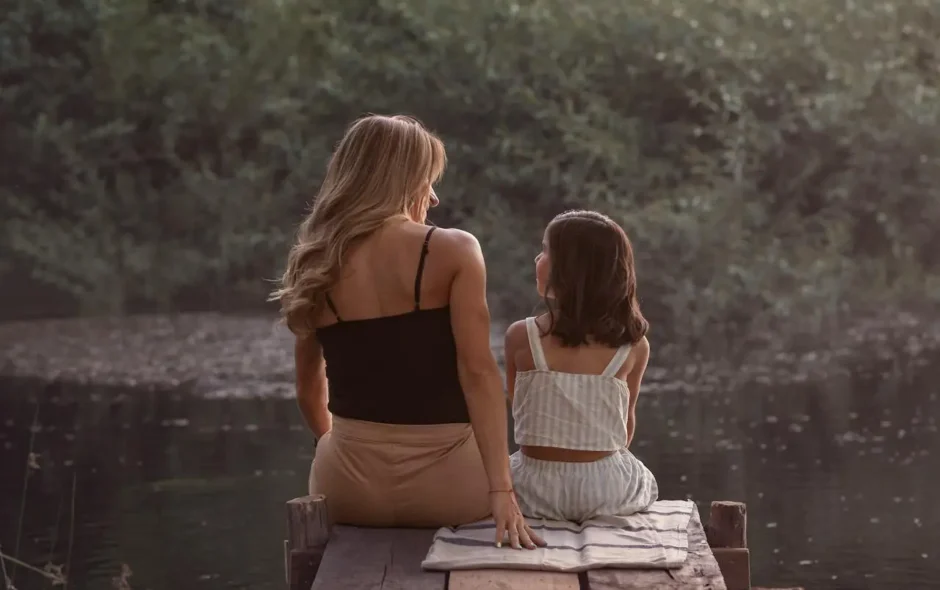Have you ever reacted to a situation and later thought, “Geez, I felt like a teenager again”? Maybe you’ve found yourself getting defensive or reverting to old habits you thought you’d outgrown. You’re not alone. In therapy and self-development circles, this phenomenon is often referred to as “blending”, when younger parts of ourselves, shaped by past experiences, take the lead in our adult lives.
What Is “Blending”?
Blending is a concept from Internal Family Systems (IFS) therapy, but it shows up in many approaches to healing. Martha Beck describes it as becoming the part of you that’s triggered, so much so that, for a moment, you lose access to your calm, wise adult self. These younger parts aren’t bad; they’re protectors, shaped by moments when we didn’t have the resources or support to process pain, fear, or confusion.
Why Do We Blend?
When we’re young, we develop coping mechanisms to survive, such as people-pleasing, withdrawing, acting out, or numbing with distractions. These strategies often become automatic. As adults, when we’re stressed or triggered, those old “protector parts” can jump in, trying to keep us safe the only way they know how, even if those ways no longer serve us.
Martha Beck writes, “If a childhood trauma once made me feel alone, and I haven’t healed and integrated that traumatised part of myself, my child-self is still insistently projecting ‘I’M ALONE!’” Without awareness, we continue to manifest the same patterns.
Recognising Blending in Real Life
In Episode 2 of the Step Into Me podcast, Dave Dobson shares his personal journey from breakdown to breakthrough. When the pressures of work and marriage became overwhelming, he found himself reaching for coping mechanisms that echoed his younger self as he tried to avoid the pain he was feeling, and began internalising his stress. Dave’s story isn’t unique; it’s a powerful example of how easy it is to “blend” with old patterns, even when we know they’re not helping.
How Do We Unblend?
The first step is awareness. Gabby Bernstein recommends a simple “check-in” practice:
- Notice when you feel agitated, triggered, or out of control.
- Pause and ask, “How old do I feel right now?”
- Gently acknowledge the part of you that’s activated, and invite your adult self to take the lead.
Martha Beck suggests practising “kindness in motion”, treating yourself with the same gentleness you’d offer a vulnerable child. “Tell yourself things like: You are okay. You’re doing so well. You’re doing things a lot of people couldn’t do. This is going to work out fine.”
Inner child work, mindfulness, and even simple journalling (try the prompt, “What is this part of me trying to protect?”) can help you spot when you’re blending and also help you gently shift back into your adult self.
Something to Try at Home
Next time you notice a big reaction – shame, anger, fear, or the urge to escape – pause, and ask yourself:
- How old do I feel right now?
- What is this part of me trying to protect?
- What would my calm, compassionate adult self say or do?
You might be surprised how much shifts when you simply notice and offer kindness to the younger part of you.
Listen to Dave’s Story

Hear Dave’s full story in Episode 2 of Step Into Me. Dave’s journey is a reminder that we all carry younger parts inside us, but with awareness and compassion, we can invite our wiser, truer adult selves to lead the way.
Ready to live life on your terms? Read more blog posts from Step Into Me and find the courage to be true to yourself.

